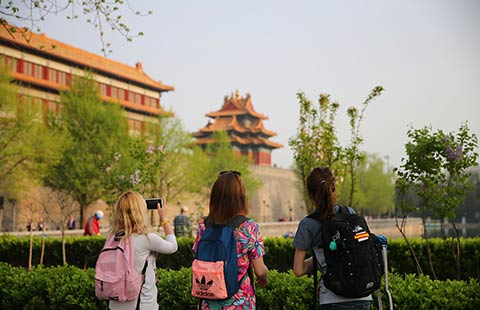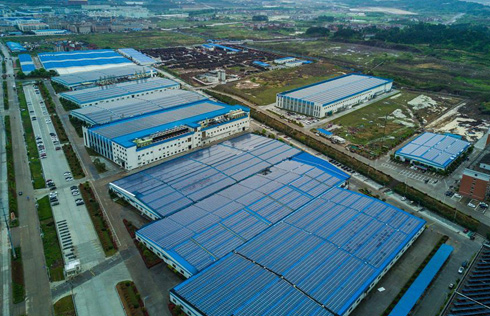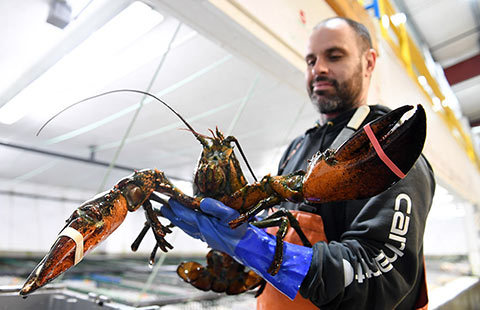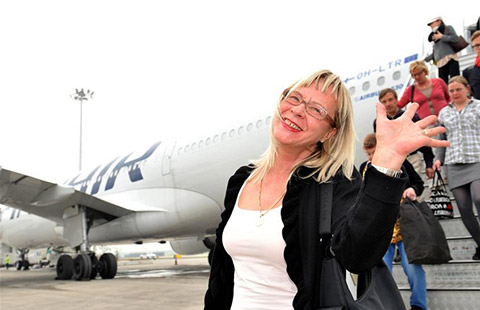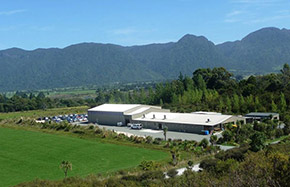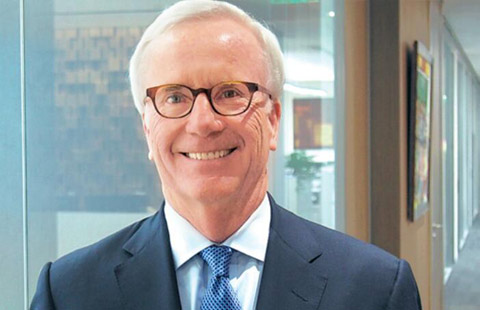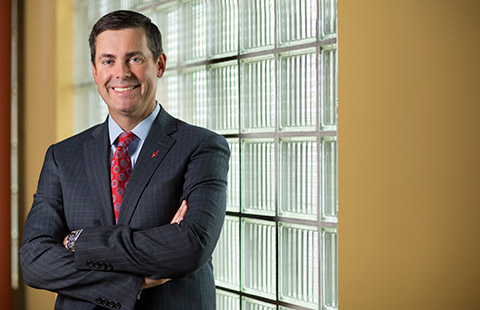Chinese enterprises invest more in US high-end sectors
Chinese enterprises, with a growing globalization capability in recent years, have diverted more capital from developing countries to developed European and American market with higher access threshold. They also put more money into high technology, agriculture and real estate rather than previous energy, minerals and other natural resources.
Private businesses carry more weight in overseas investment
Private capitals now make up bigger share in China's overseas investment, reshaping the cake dominated by State-owned enterprises (SOE) previously.
According to a recent statement issued by the US electric vehicle manufacturer Tesla, Chinese internet giant Tencent has become its 5th largest shareholder after purchasing 5 percent of the company's passive stake at the price of about $1.78 billion.
The investment would probably help Tesla further expand its market share in China, said a Forbes commentary.
Most of the Chinese capitals in the US used to be invested by SOEs, and now private companies have become a major force, said Steve Orlins, president of National Committee on US-China Relations. He was one of the first US citizens who came to China after the two countries established diplomatic ties.
A report complied by China General Chamber of Commerce - USA said that more than 80 percent of Chinese capitals in the US market as of 2016 were contributed by private enterprises.
Wanxiang Group, a Chinese automotive component manufacturer who accessed the US in 1994, has established 28 factories in the country, becoming the largest Chinese enterprise in central and western US.
According to local media, every 1 in 3 automobiles in the US is installed with components manufactured by Wanxiang America Corporation.
Wanxiang Group invested $12.5 million to build a 4,000-squaremeter solar panel factory in Rockford, Illinois in April 2010, receiving financing support from the state government.
In August of the same year, after winning a $4 million financial backing from local government, Wanxiang Group used the money to develop a 62-megawatt solar power plant at Chicago Rockford International Airport, which is the largest project of its kind in central and western US.
Chinese battery and new-energy vehicle manufacturer BYD established the first electric bus and power battery factory in northern Los Angeles' Lancaster in May 2013.
President Stella Li of BYD Motors told People's Daily that the company has recruited local employees, made specific training plans and established research and development center for high-end buses.
Localization of production not only cultivated skillful workers, but also built competitive research teams, he added. Expanding its market from western to central US, BYD is now stretching its reach to the East US and Canada.
A total of 500 employees work at BYD Motor's manufacturing facility in Lancaster, including 30 bus designers, 120 managers and 350 operators.
Tony Martinez, director of the welding workshop, said that he earned bread in the car maker since it offers a salary he had never had before. It is learnt that the income of local employees at BYD is 37 percent higher than the average income of workers in Los Angeles.
Investments to five sectors grow at faster pace
The US is unquestionably a sci-tech power. As China stepped up its efforts to restructure economy, its businesses are diverting the focus of investment from the lower end of industrial chain, such as energy and minerals, to the higher-end high-tech fields.
According to a report issued by Rhodium Group, 5 industries have witnessed the most rapid growth in China's investment in the US. The investment in real estate, information technology, health care and biotechnology, finance as well as commercial service have all experienced a compound growth rate of over 50 percent in 2013-2015 period.
Chinese communication giant ZTE established its US branch in 1998, in a bid to enhance cooperation with US technology partners and provide quality products to the US consumers.
By the end of 2016, ZTE had invested a total of $25.8 billion in the US. The company has not only offered diverse choices for US consumers, but also revived the country's employment and economy through the purchase of US technologies and high-tech components.
Senior Vice President of ZTE Corporation Cheng Lixin told People's Daily that the company has become the largest mobile phone brand from China in the US market.
In the past decade, ZTE has spent $2.6 billion on purchasing products and technologies from the US sci-tech companies, said Cheng, also CEO of ZTE USA, adding that it has offered more than 130,000 high-tech jobs each year. More than 80 percent of its 300 employees in the US are local staffs.
"ZTE is a good example to demonstrate the win-win results of international trade," said the governor of Kansas Sam Brownback, adding that he deeply understands the importance of international trade and investment for the healthy development of the state's economy.
- Chinese, US businesses urged to seek common ground for cooperation amid
- Chinese, US enterprises sign agricultural transaction contracts
- Chinese, US business leaders gather at roundtable meeting
- 15th Overseas Investment Strategy Forum for Chinese Enterprises
- Social duties key to Chinese enterprises' overseas success




